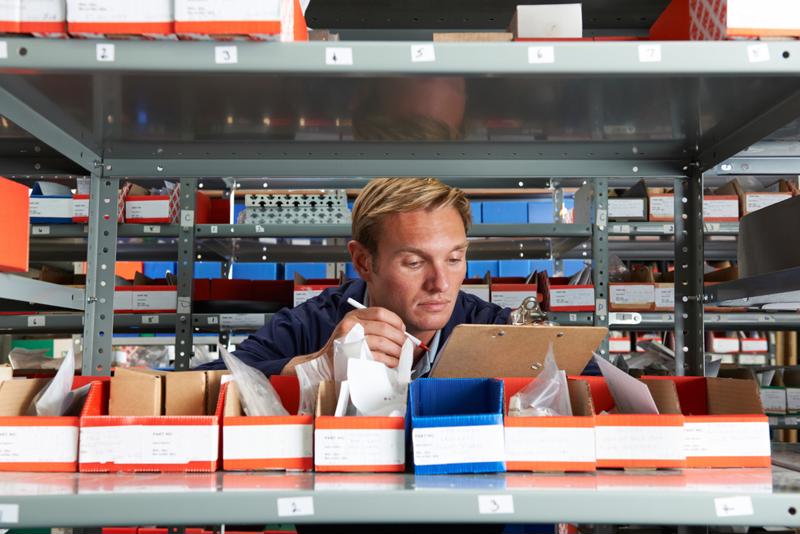Creating a future-proof ERP system
Technology is a constantly moving target, and it can be challenging to know how a system or trend that's popular today will look five to 10 years down the road. Manufacturing operators need to ensure that their tools can last for the long haul and accomplish complex tasks.
Enterprise resource planning systems haven't always been associated with this type of flexibility, but they are significantly improving to bolster business capabilities. There are a few steps that manufacturers can take to create a future-proof ERP system that will support them in the years ahead.
1. Enable plug-ins
Adaptability is going to be important for any program or hardware that needs to weather major tech shifts. In the past, solutions were boxed with set features and then were only expanded or changed when a new version came out. Users now expect their system to incorporate functionality quickly, rather than months or years down the road. In an interview with Forbes, Pentaho's James Dixon suggested making it an open system configured with different components and plug-ins. This would provide a number of tactical advantages for handling one-off customer requests and provisioning as required.

2. Leverage analytics
Gathering and utilizing data for better decision-making has become a priority across businesses. ERP must be able to not only deliver the necessary information for reporting purposes, but also ensure that workers are able to view these metrics on the floor. Many ERP systems come with built-in reporting tools, but it will be essential to ensure that they can handle the bulk of big data needs emerging within the workplace.
As CIO Review contributor Jorge Frausto noted, companies can evaluate ERP and other pillar applications that interface with the system to form a consistent, semantic data layer. This will help measure the success of ERP on all of these systems working together to increase productivity and enable teams to deliver on schedule and on budget.
3. Ensure mobility
"It will be important for manufacturers to choose an ERP system that enables mobility. "
The future looks to rely on mobile devices and associated technology, but ERP has largely been designed to stay put. As these systems continue to evolve, it will be important for manufacturers to choose one that enables mobility. TechTarget contributor Linda Rosencrance noted that with mobility, ERP systems help enhance customer relationships, improve worker productivity and empower manufacturers to be more competitive. There will certainly be a number of challenges like security and performance to consider, but mobility can help deliver value to users and boost future-proofing strategies.
"Users expect simple, intuitive, high-performance apps that leverage the native capabilities of the device," industry expert David Rowe told Rosencrance. "What's required for rapid user adoption and high customer satisfaction is a singular, consistent mobile experience, shielding users from the underlying complexities of individual applications."
Organizations want to ensure that their investments are going to be valuable for the foreseeable future and beyond. Future-proofing an ERP system will be integral to helping manufacturers adapt quickly while continuing to deliver quality products to their clients.








